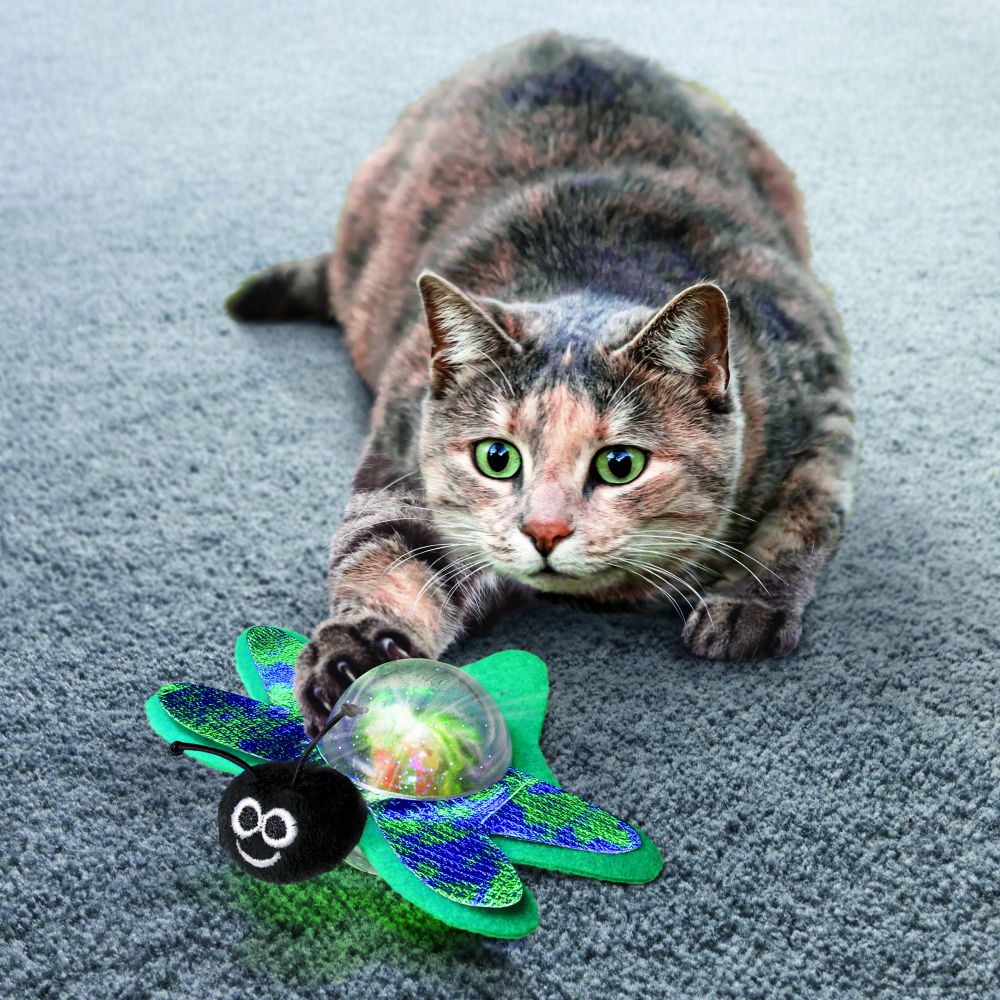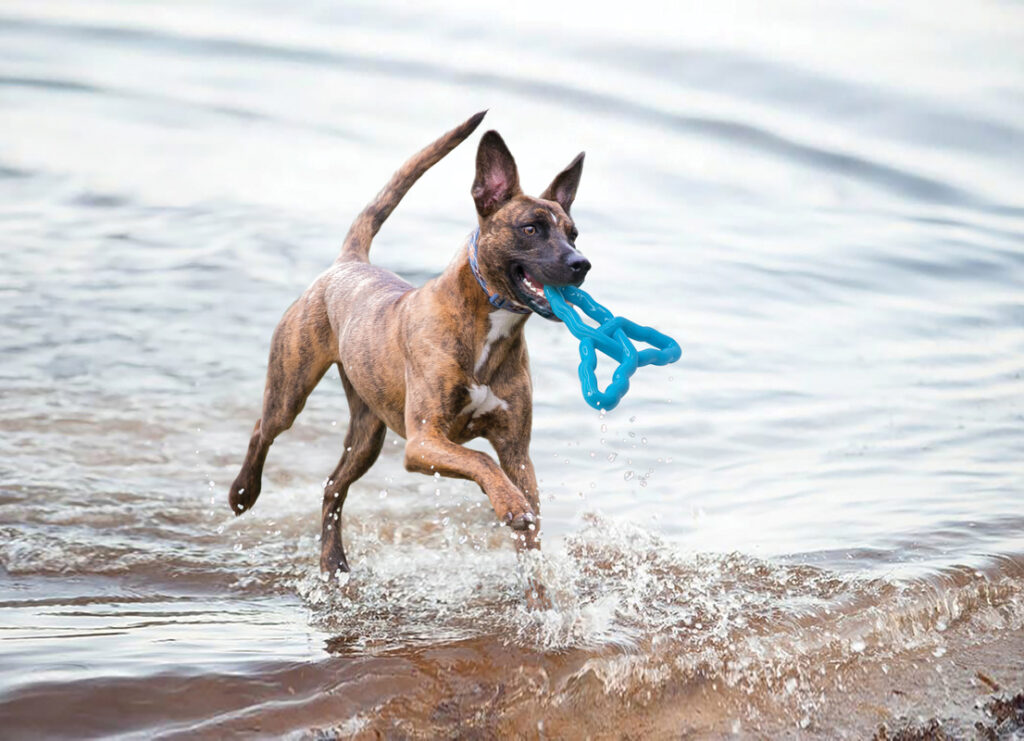Just like humans who have diabetes, cats with diabetes must watch what they eat. This means that this task falls on you—cat parent extraordinaire—to make sure that your feline friend has the adequate nutrition they need to stay healthy and keep their diabetes in check.
Diabetes in Cats
Some people may be surprised that cats can be diagnosed with diabetes. Just like humans, cats have a pancreas that produces insulin. Unfortunately, just like humans, the body either doesn’t produce enough insulin (Type I) or the body does not react to insulin in the right way (Type II).
Only around 1% of cats are diagnosed with diabetes. Most cats who have diabetes are diagnosed with Type II. Your cat is especially at risk for diabetes if it is obese. In fact, they can be up to four times more likely to develop diabetes than cats who are at a healthy weight.
If you notice that your cat is drinking and urinating more often than usual, they could potentially be suffering from diabetes. Weakened legs are also a symptom of diabetes. This symptom is not painful for your cat and will likely resolve itself once successful treatment is administered.
If you do suspect that your cat is living with diabetes, it is important to make an appointment with your veterinarian so they can isolate the culprit. Your cat may not have diabetes; an increase in thirst and urination could also be caused by kidney disease or a urinary tract infection.
Your veterinarian will run several tests to determine if diabetes is the cause of the symptoms your cat is exhibiting. Undiagnosed diabetes can be harmful to your cat if left untreated. Luckily, diabetes in cats is often very treatable with insulin and diet.
Insulin Treatment
Your veterinarian will determine the correct amount of insulin your cat should be given, as it is dependent on several factors. Most of the time, your cat should be given insulin twice a day, twelve hours apart, and after your cat eats.
Your veterinarian’s clinic will help teach you how to give your cat these injections. Cats usually respond well to receiving insulin injections. You may be nervous giving your furry friend injections, but with the right guiding hand and community, you’ll soon be confident providing your cat with the insulin they need.
It is essential that your cat has regular checkups when they are on insulin, as the dosage may need to be adjusted as their diabetes is more easily controlled. Some cats even go into remission when being treated for diabetes.
It’s essential to keep a check on their blood sugars as your cat can become ill if given too much insulin. Regular appointments and tests will help determine if their diabetes is being managed effectively and if their insulin needs to be adjusted.
Diet
Along with insulin, your cat’s diet is an important component of keeping their diabetes in check. As obesity is a common factor in the diagnosis of diabetes, a closely monitored diet can help with your cat shedding some of its weight. Being able to maintain blood sugar becomes easier when your cat is at an ideal weight.
When utilizing a diabetic-friendly diet for your cat while trying to whittle some weight away, calorie counting is essential. Some diabetic-friendly cat food can be heavy on calories, so selecting a food with higher fiber and lower calories helps to create a calorie deficit.
Fiber can help your cat feel full but is lower in calories than other diabetic cat foods. Measuring your cat’s food is important so you can keep track of the nutrition they are ingesting.
High protein, low carbohydrate diets are also beneficial for diabetic cats. If your cat is underweight or at their ideal weight, this type of diet is ideal with close monitoring. Overweight cats may want to avoid this type of diet at first as it can be high in calories and can make weight loss more difficult. If your cat has kidney issues, low carbohydrate diets may not be a good fit.
When proposing different diets for your diabetic cat, your vet will need to consider if your cat will actually eat the new brand of food. Some cats are extremely picky. For those cats, your vet should never suddenly change their food type, especially when they are sick.
If their food is abruptly changed and they don’t like it, they could stop eating completely. This could potentially have fatal consequences. If there is a preferred food option, it should be introduced slowly to see if the cat will accept it.
Treats Treats With Caution
Additionally, as much as you may love to give treats to your kitty, you must calculate this nutrition into your cat’s diet. You can still carve room in the diet plan for treats, as they are a great way to keep things positive with your cat (and they may be a little grumpy with their new diet plan).
There are also several other considerations when selecting your cat’s diabetic cat food. You want your cat to be as happy as possible. With care, diet adjustments can be a big life change for the better for your feline friend.
Dry or Canned Food?
Diabetic cat foods can come in dry or wet food types. Cats are true carnivores and may enjoy the taste and consistency of canned food more than dry kibble. Of course, we know that our furry pals can have their own opinion on the food they like to eat.
Some cats prefer the consistency and taste of dry food; this is okay as well. Dry food is higher in carbohydrates, so if your cat does prefer dry food, this is an important nutritional marker to keep track of.
Since dry food is less hydrating than canned food, you’ll need to keep a close eye on your cat to ensure they are drinking enough water to avoid becoming too dehydrated.
While this is a minor note, dry food is generally better at promoting well-maintained teeth. Wet food can lead to a slight increase in plaque and tartar accumulation, but this would not be a reason to select dry over canned food.
Other considerations such as palatability, fat, carbohydrate, and protein needs are always the most important here when looking for the best food for your pet. No matter what type of food you feed your cat, make sure to clean their teeth regularly.
High Protein or High Fiber?
Obese cats may find more luck losing weight when on a high fiber diet, but overall high protein is more beneficial for your diabetic cat. In a study conducted on specialized diets for diabetic cats, their necessary insulin levels were decreased in a majority of cats when they were switched from a high fiber to a high protein diet.
On the other hand, there is still evidence to show that cats who are fed a high-fiber diet can have their insulin dosage reduced. However, high protein diets do show that a higher percentage have their insulin reduced when compared to a high fiber diet. Ultimately, it is best to consult your veterinarian as every cat is unique.
Since remission is a possibility for cats with diabetes, feeding your cat a high-protein diet can be beneficial in helping your kitty no longer need insulin.
Other Considerations
If your cat is obese but enjoys a higher protein diet, there is still a way for them to lose weight—exercise. Not that your kitty has to hit the gym, but incorporating playtime is a great way to assist with weight loss.
Working with your veterinarian, gradually increase playtime with your cat using different toys, like a KONG laser or KONG Bat-A-Bout. You can also place their treats in engaging cat toys – like a Kitty KONG, which require them to play with the toy for the treat to be dispensed.
If weight loss is a priority for your cat, an option would be to utilize a high fiber diet to help lose the extra weight and then slowly switch to a high protein diet. Working closely with your veterinarian is critical because as your cat loses weight, they may need their insulin adjusted.
Healthier Today, Happier Tomorrow
When it comes to choosing a diabetic cat food, there are numerous options available. Although a high protein diet has been shown to reduce insulin levels needed in cats, it can be higher in calories. If your cat is obese, it may need a high fiber diet to help them feel more full while consuming fewer calories.
Of course, you should always consult with your veterinarian when choosing a diabetic cat food, as there may be specific nutritional values that your cat may need to meet to help their insulin be more effective.
When you are unsure about your cat’s symptoms or want to discuss diabetic cat foods, our KONG Club by AskVet veterinarians are available 24 hours a day, seven days a week. They are knowledgeable experts who can help point you in the right direction of obtaining the best care for your furry best pal!
Sources:
Feline Diabetes | Cornell University College of Veterinary Medicine
Caring For Your Diabetic Cat | Tufts University
Don’t Sugar Coat It: The Best Diets for Cats with Diabetes | Tufts University
Use of a high-protein diet in the management of feline diabetes mellitus | NCBI
Feline Diabetes | Cornell University College of Veterinary Medicine



